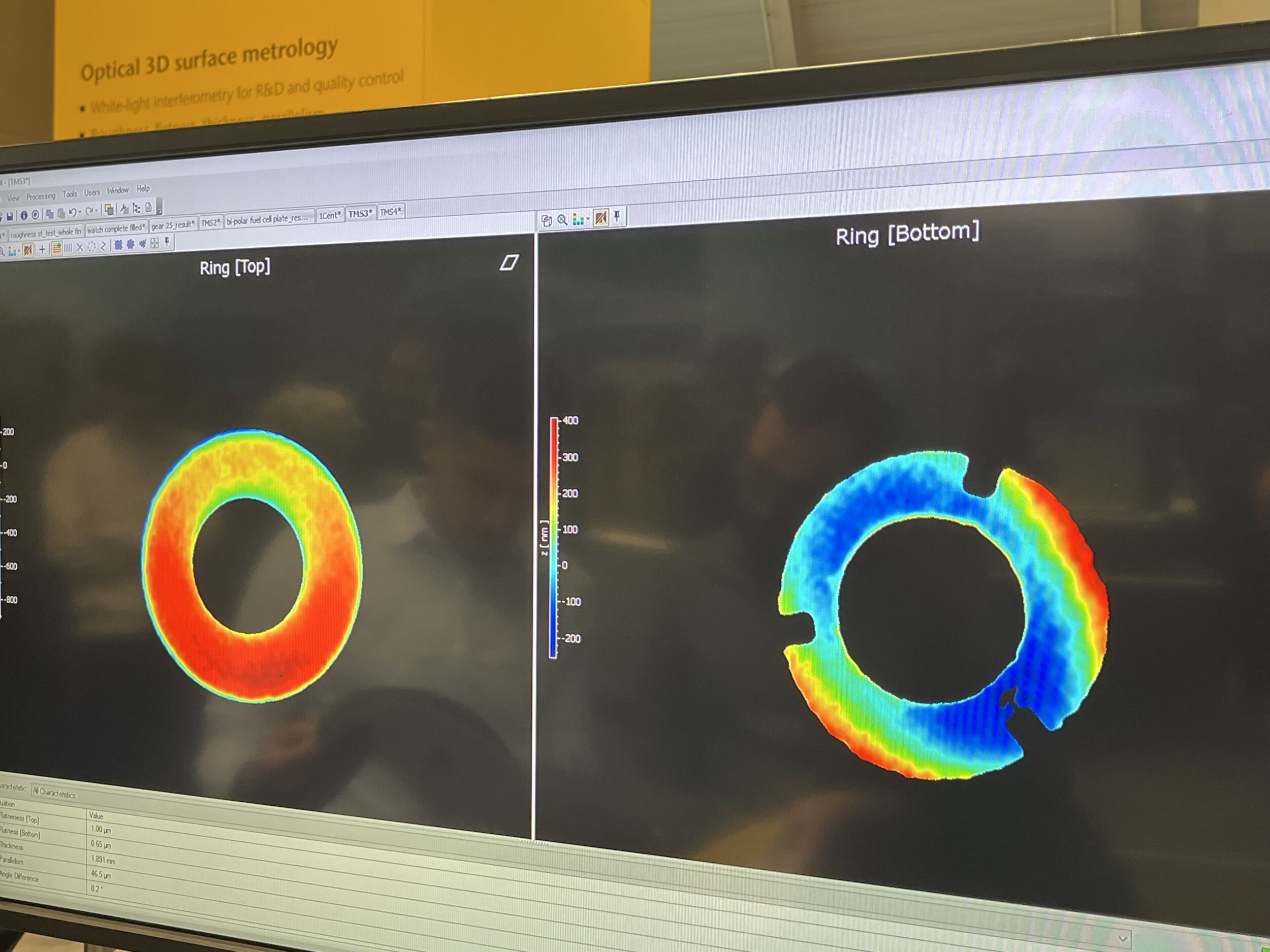Zero copy GigE Vision with mature GVSP Protocol
Zero copy with header splitting is indeed possible with modern NICs by Nvidia/Mellanox, Broadcom, Intel, and Marvell. Emergent has implementations deployed with Nvidia/Mellanox and Broadcom which are the primary NICs explored by those experimenting with RDMA RoCE which eliminates any concerns surrounding interoperability. In fact, Emergent has been using this same method for over 15 years and have the maximum design-in densities of any interface standard with reliability to match. The same approach is also used for ST2110 for the massive media and entertainment market.
Zero copy does not guarantee Zero data loss in any interface or protocol implementation. Any performance system still needs proper design and margining to achieve desired results. This goes for CXP, RDMA/RoCE, and even optimized GVSP implementations. But we can guarantee that the optimal GVSP implementation will equal or better RDMA/RoCE without turning GigE Vision into a point-to-point protocol and eliminating what has made GigEVision the most popular interface over the years. It is important to note that when the retransmission feature of RDMA is engaged that this is a sign of a back up in the system which is also a sign of often undesired latency and jitter. It is also important to note that CXP doesn’t use resends or flow control yet is able to sustain high data transfer rates with optimal receiver performance, low latency and jitter. Much of this can be attributed to adequate buffering on the purpose-built frame grabbers required for CXP. Low-cost NICs often lack sufficient buffering capability however modern NICs are readily available at cost-effective price points with ample physical buffering. It is worth noting at 25Gbps and higher that PoE (power over ethernet) is dead. Thus, new deployments should be focussed on SFP technologies and distributed power systems. It is also noteworthy even at 10GigE speeds that the big NIC providers do not support PoE which forces camera vendors to sell their proprietary card solutions.
GPU Direct – Better than Zero copy
Zero copy minimizes the CPU and memory bandwidth utilization by writing to memory only once but we can avoid that transfer altogether by writing directly to the GPU – this is called GPU Direct. And it makes sense in many performance applications to send data directly to the GPU for processing and then taking the lower bandwidth results to the CPU and memory for user or system interaction. Emergent has been supporting GPU Direct with Nvidia GPUs on Windows and Linux for over four years in a variety of applications. Nvidia RTXA6000/5000/4000, Orin, and Xavier are used in many applications using Emergent cameras. Unfortunately for RDMA users, Nvidia/Mellanox only allow GPU Direct on Windows to select partners such as Emergent and this OS is where 80% of machine vision applications continue to be deployed. Linux, however, does remain an option for RDMA with GPU Direct for all.
Integrated Interface and Processing Cards
Zero copy is great. GPU Direct improves on this. But it would be the ultimate achievement if we received and processed the data from the cameras all on one card. In this case, CPU, memory and all server resources are not used at all. Emergent is supporting AMD/Xilinx Alveo cards for this very purpose and have multiple performance applications leveraging this technology. Emergent also is working closely with Nvidia to bring Bluefield NIC support. Think of Bluefield as the merging of Nvidia NICs with Nvidia GPUs. In both cases, the computer can be a very low end PC which primarily supplies power to the chosen card.












